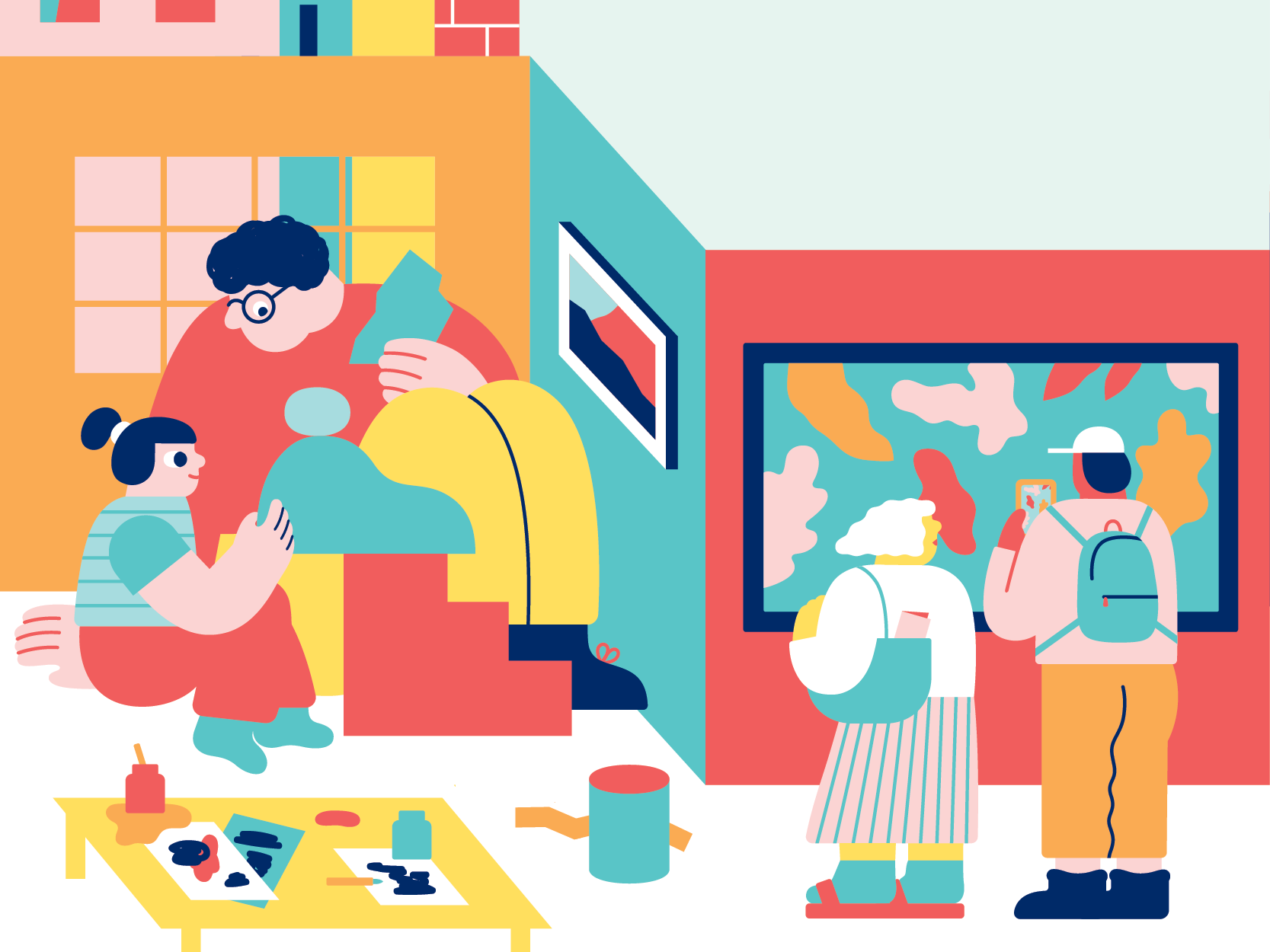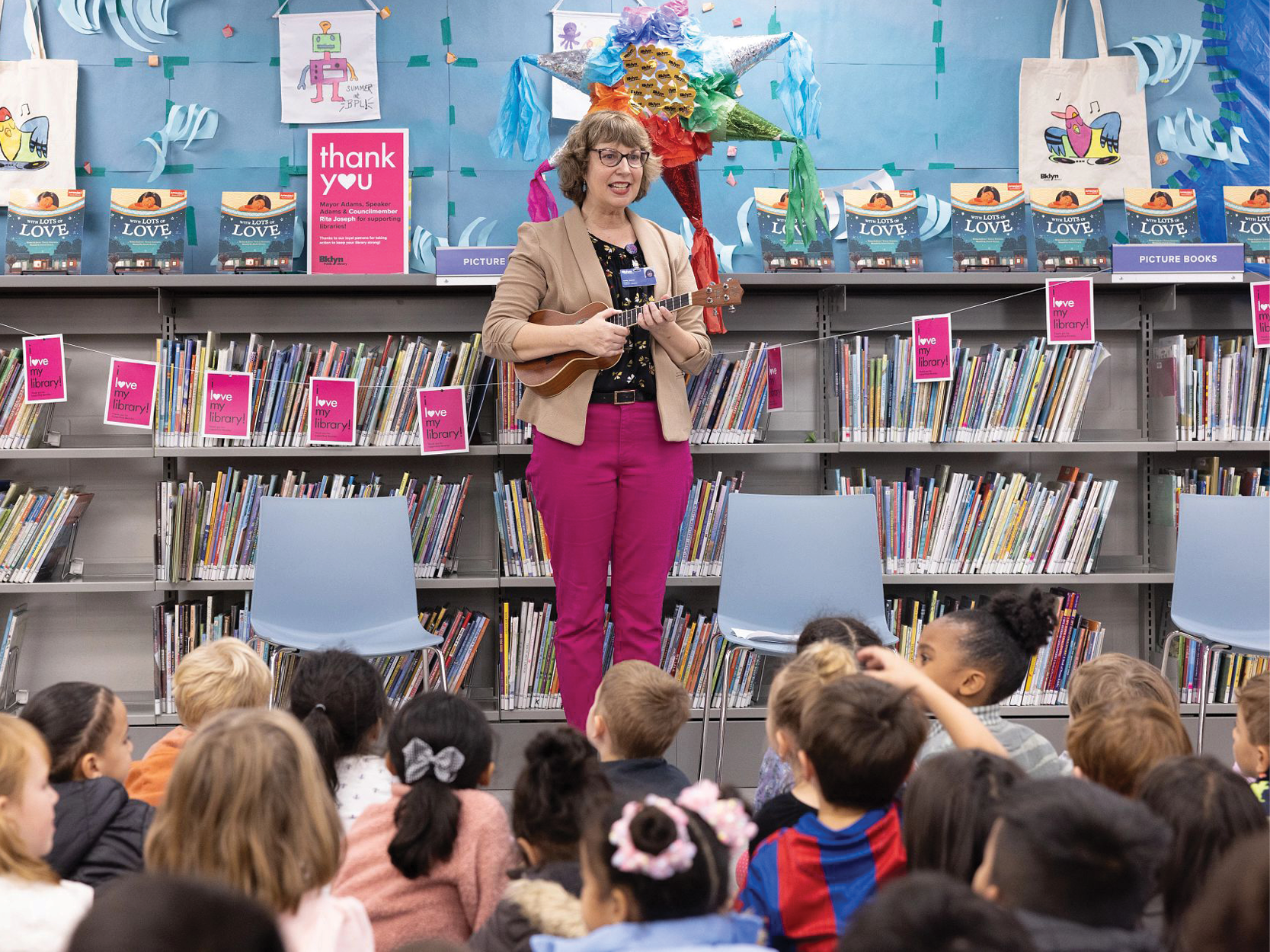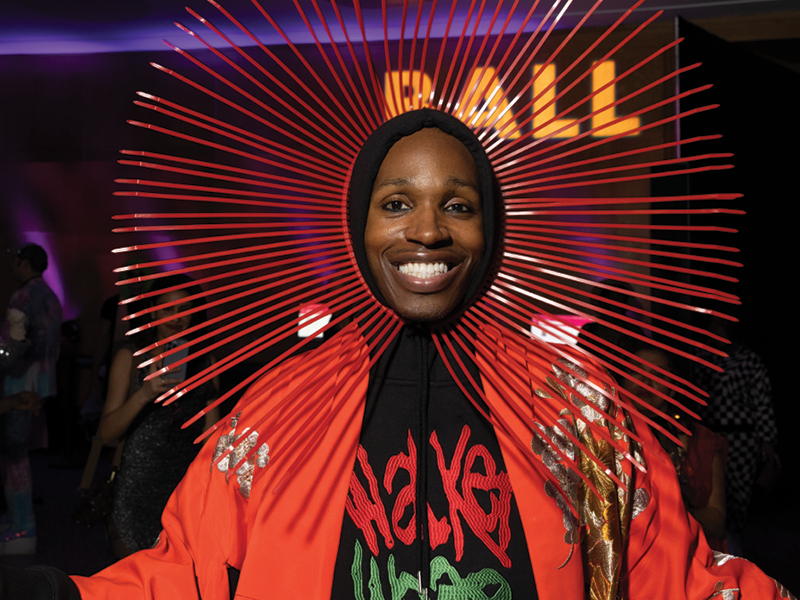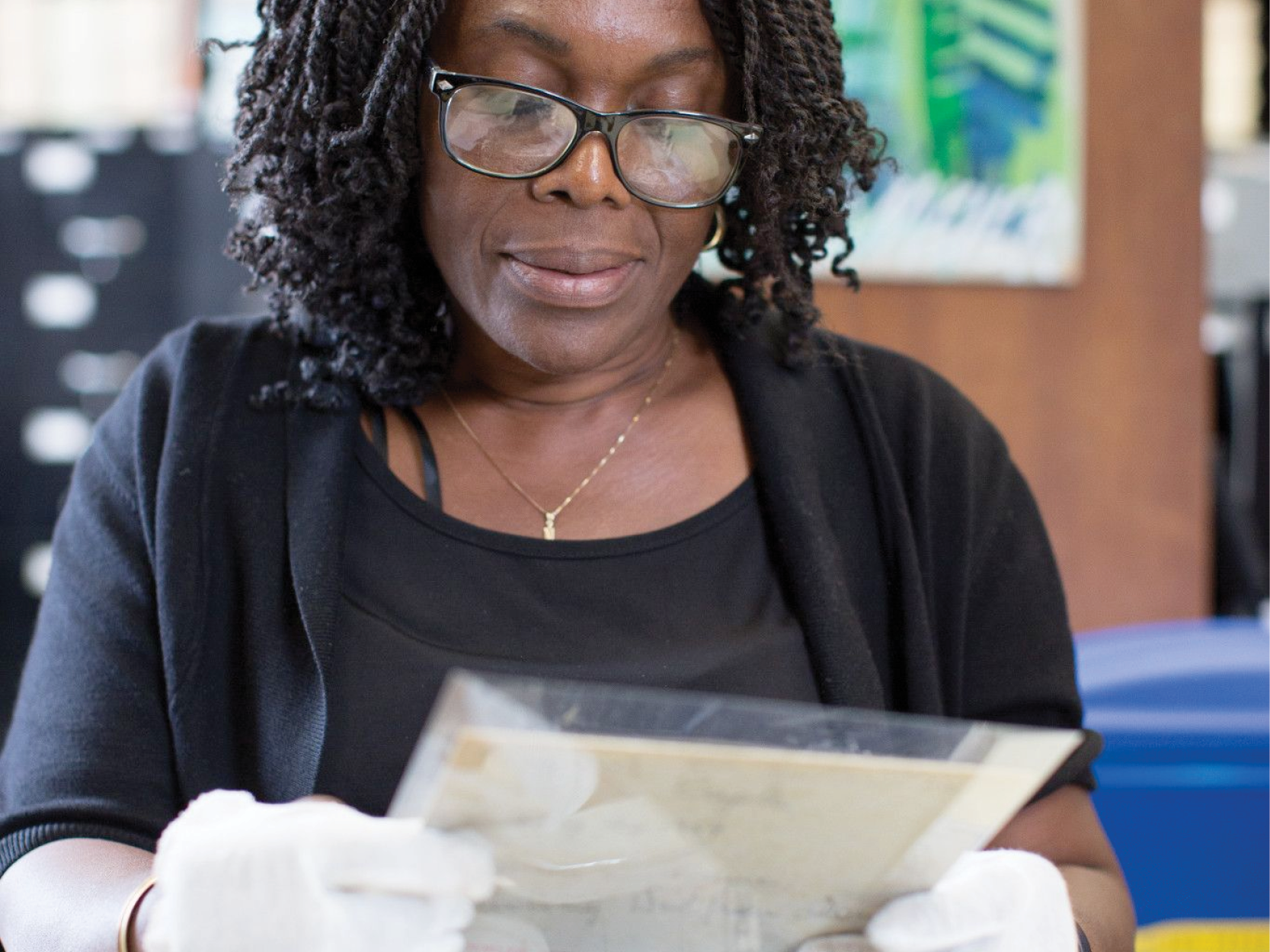On October 7th, I attended a convening of Brooklyn based cultural institutions, hosted by Brooklyn Museum in partnership with the Lenape Center. It was a 2-day workshop to discuss Living Land Acknowledgements and develop ongoing collaborative projects between Lenape-Delaware Nations and cultural institutions in Brooklyn.
A Living Land Acknowledgment is a statement that recognizes the indigenous peoples who have been dispossessed from the homelands and territories upon which an institution was built and currently occupies and operates in. For Brooklyn, it was originally the “Lenapehoking” or the Land of the Lenape, an offspring of the Algonquin civilization; and includes present day New Jersey, New York and Delaware, until forced displacement started with European “discovery” of the land and continued well into the 19th century.

The Lenape lived in the area that is now known as New Jersey, eastern Pennsylvania, southeastern New York State, northern Delaware and a small section of southeastern Connecticut. They were often broken down into three clans: The Minsi (also known as Munsee) or Wolf, Unami or Turtle and the Unalachtgo or Turkey. Historians describe the period of European contact as the Lenape Confederacy, a loosely organized but wide ranging entity. The Minsi occupied lower New York and upper New Jersey, the Unami occupied central New Jersey and parts of Pennysylvania and the Unalatchtigo occupied lower New Jersey.
Europeans began to have contact with the now area of New York. Giovanni da Verrazzano sailed into New York harbor and traded with the Lenape in 1524, and this act according to historians marked the high point and downfall of Lenape culture as European-carried disease began to destroy their society. Verrazzano’s contact was followed by the first visit from the Dutch in the Hudson River area in 1598. With every new contact between the Lenape and European settlers, their numbers began to dwindle more and more. By 1623 there were only 200-300 Lenape left by some accounts.
Today, after numerous wars, treaties and forced displacement most of the Lenape are living in Oklahoma and Canada but several hundred Lenape/ Delaware Indian descendants still live in the New York area and many cities in the tri-state have Lenape names, for example, Allamuchy, Hackensack, Manasquan, and Manhattan. Many streets, parks, lakes, rivers and mountains also have Lenape names.
.jpg)
The practice of Living Land Acknowledgments is becoming an increasingly normalized act in places like Canada, and Australia where many public events or gatherings, begin with an acknowledgment to the First Peoples that originally inhabited the space. It is usually in the form of a statement or an honor, either with specificity, given to the known ancestors of said land or a general statement, giving honor to the original ancestors of the land. In the United States the practice has not yet become widespread. It may occur in places where ties to first peoples remain strong, but it not yet a national conversation.
At the convening in October, representatives from Lenapehoking and Brooklyn Cultural institutions discussed a range of ideas about incorporating Lenape history and paying homage to the space they call home. Ideas ranged from adding language to signs that welcome visitors and folks returning home to New York, that serves as a reminder that they are in Lenapehoking, to the importance of creating and teaching curricula to foster education about First Nations.
.jpg)
Tribal leaders and historians from Canada, Delaware, Oklahoma and the Lenape Center here in New York, engaged with us about their history, customs and traditions. From Chief Chester Brooks, the oldest chief in attendance, we learned about 7 generations of his family bloodline that he was able to recite to us from memory. This was quite a privilege for me to witness, the oral recitation of family ties that takes genealogists time and effort to compile. Other Tribal representatives shared their stories about the present conditions of their respective groups and talked about their efforts to educate newer generations about their history and culture.

When discussing Living Land Acknowledgments, the common thread shared with us by the leaders highlighted the importance of true inclusion. Finding significant ways as cultural institutions to honor the land and its original caretakers, was what was most important to everyone gathered there. Most of us in attendance agreed that the easy first step was to acknowledge that this was something of importance, but implementation in a meaningful and inclusive way was what required discussion among our respective stakeholders.
Having representatives from the Lenape helped all in attendance with brainstorming sessions to formulate ideas. Having them lead the conversation about their history, customs and legacy gave everyone in attendance necessary background about what we should be thinking about and some knowledge of the resources available to help us actualize our ideas. There were discussions about how we can create curriculum or educational initiatives that would center on comprehensive teaching about the Lenape and first peoples in Brooklyn, ideas about how we can create programs around their customs, reciprocal visits to current Lenape territories so learning can occur where they are now, to encourage reciprocity and to ensure that the burden of educating us is not one sided. There was also a lot of conversation about environmentalism and finding ways to incorporate the symbiotic relationship first peoples had with the land into discussions on climate change. At the end of the two days many of us in attendance felt equipped to go back to our respective institutions with valuable insight about how we can begin discussions that would lead us to consequential action.
.jpg)
The opening of the symposium was led by traditional prayers by the Lenape leaders, which served to welcome us current occupants to Lenapehoking. At the wrap-up session a representative of the Lenape Center offered a simple idea when we think about Land Acknowledgments: “Now that we have welcomed you how do you respond?” This should serve as a prompt to all who think about the space we occupy and the people who were here before us. It is a bit like welcoming a guest to your home, I’ve invited you in, now what would do you do next?
For more information about Living Land Acknowledgements visit Honor Native Land.
This blog post reflects the opinions of the author and does not necessarily represent the views of Brooklyn Public Library.
Oh if this was replicated
I am sorry to have missed
I love to see this. It is
I stumbled on the Lenape
We did not live in hogans,
As one of the few federally
Post a Comment
While BPL encourages an open forum, posts and comments are moderated by library staff. BPL reserves the right, within its sole discretion, not to post and to remove submissions or comments that are unlawful or violate this policy. While comments will not be edited by BPL personnel, a comment may be deleted if it violates our comment policy.
eNews Signup
Get the latest updates from BPL and be the first to know about new programs, author talks, exciting events and opportunities to support your local library.







